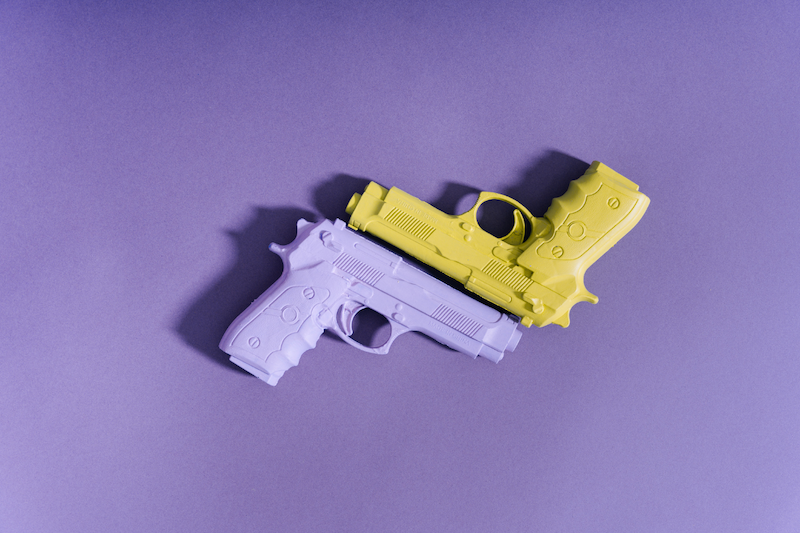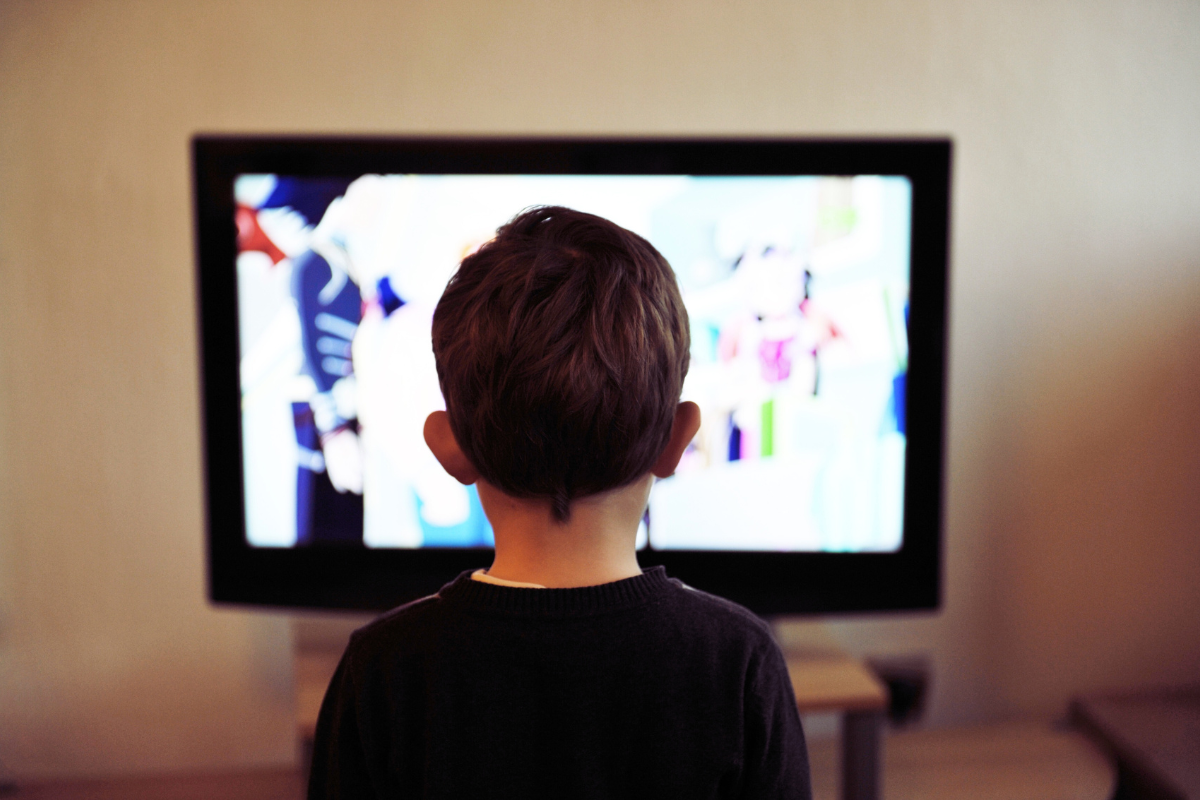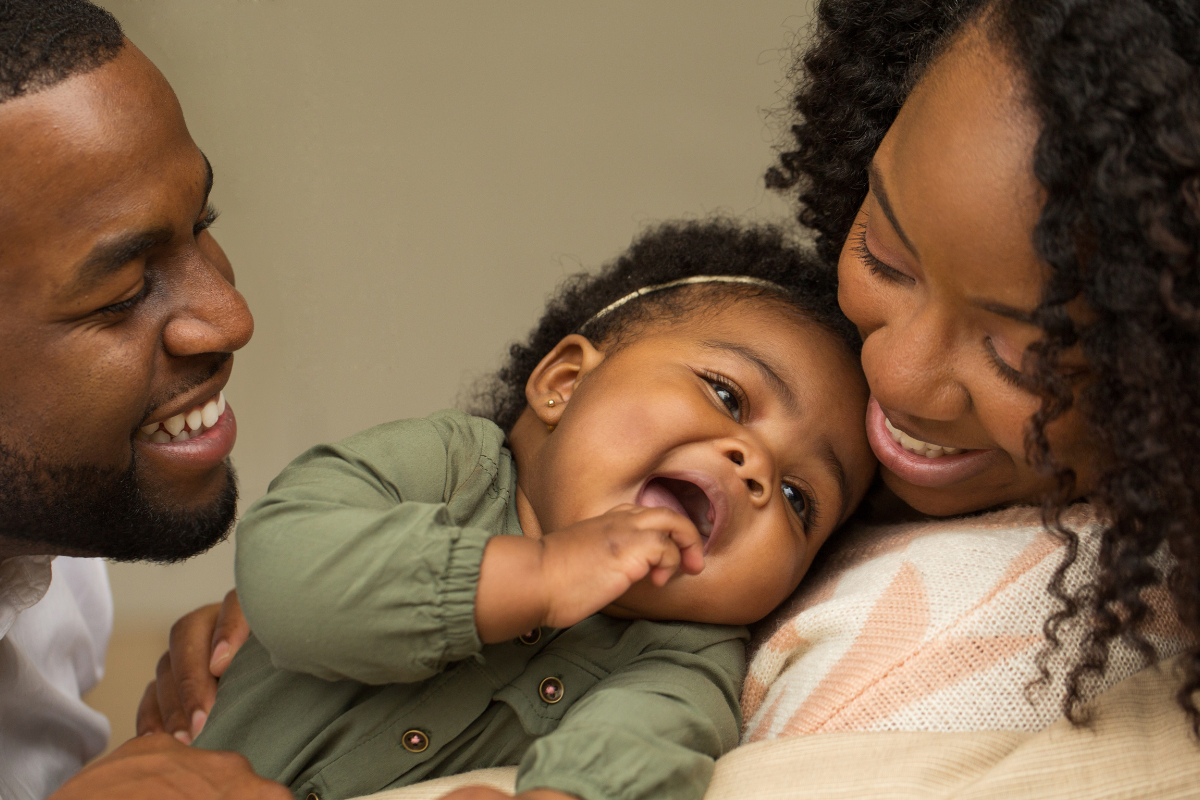Gun violence is one of those topics that every parent dreads thinking about, but also one we can’t afford to ignore.
In the wake of yet another shooting, the headlines can feel overwhelming and the solutions far from reach. Ultimately, fear is a natural reaction, but it can’t be the only one. Instead, we must channel it into action — through policy, community, and conversation — to make our world safer for everyone.
As an emergency physician and public health researcher, I always start with the data. Understanding where the real risks lie, and which actions actually make a difference, is the first step toward protecting our kids in a meaningful way. Here are five facts about gun violence — what the data show, what risks truly matter, and what we as parents can do at home and in our communities.

Firearms are the leading cause of death for children and teens in the U.S.
Firearms are the leading cause of death for youth in the U.S. A child in this country is more likely to die from a gunshot wound than from a car crash or from cancer. The U.S. firearm death rate for children is nearly 10 times that of Canada. Those are staggering statistics.
But when you dig deeper into the causes of firearm deaths, it gets more complicated. Most people assume that the horrific public mass shootings like Uvalde or Sandy Hook make up the bulk of these deaths. The reality is that those mass shootings are just a drop in the bucket of the gun deaths that happen in this country every day. I say that not to diminish those tragedies, but to help parents understand what we should really be focused on: firearm homicide, suicide, and, for young children, unintentional injury.
Most deaths are from suicide, homicide, and unintentional shootings
Among children, firearm homicide is the leading cause of gun deaths. However, suicide is also increasingly common, with most firearm suicides amongst White youth, although the numbers are increasing quickly among Black youth.
Unintentional firearm injury (when a child is shot “by accident”) is also relatively common as a cause of death among younger children. Too often, children find a parent’s gun and think it’s unloaded or a toy.
Risk — and prevention — start close to home
A child’s risk of being killed by a firearm is, sadly, strongly predicted by where they live. Most kids who die from firearm homicide are killed within about a thousand meters of their home. So if you live in a community where gun violence is common, your kid is more likely to get caught in the crossfire or to get involved in circumstances that put them at higher risk. Black and brown youth are disproportionately affected because of long-standing structural, economic, and environmental inequities tied to our country’s history of racism.
There are also personal and community factors that matter; community connection lowers it. Mentoring programs, such as Big Brothers Big Sisters, have been shown to reduce violence. Simple environmental changes, like streetlights and green space, can reduce neighborhood gun homicides.
For firearm suicide and unintentional deaths, the single most effective step is safe storage. Most children who die by firearm suicide use a family member’s gun, and many parents believe their guns are safely stored when they are not. Kids almost always know where guns are kept. Storing firearms locked, unloaded, and inaccessible to children — using biometric or combination safes — is essential.
Parents also need to talk with other families about gun safety. It can feel awkward to ask, but it’s no different from asking about allergies, pools, or booster seats. Framing it as part of a broader safety conversation (“If you have firearms, are they locked up?”) helps normalize the question. Offering your own information first (“We don’t have a gun in the house”) can make others more comfortable.
Dating and domestic violence sharply increase the risk of firearm death
When we look at risk factors for any type of firearm death, domestic or dating violence — whether someone is the perpetrator or the victim — is one of the strongest predictors. For women in the U.S., starting at about age 14 or 15, the most common reason we are killed with a gun is because we’re shot by a partner.
As parents, we can help by fostering open communication and helping teens recognize risk factors in their relationships. Kids of all genders should learn to identify unsafe dynamics, support their peers, and seek help early. If a child or their partner is ever involved in dating or domestic violence, it is critical that neither has access to a firearm, as doing so increases the likelihood of death by five to 20 times.
Social media also plays a role in shaping kids’ relationships and conflicts. Rather than forbidding online engagement, parents can use it as an opportunity to teach conflict resolution and empathy. Talking about bullying, group chats, and online interactions helps children develop the tools to support friends and recognize warning signs long before violence occurs.
Policy and communities must work together, and we must move beyond the “mental illness” myth
Effective solutions come from combining strong policies with shifts in social norms. Background checks make a measurable difference in preventing high-risk firearm purchases. Stronger domestic-violence restraining orders joined with enforcement mechanisms are equally critical. Safe storage laws make a difference, too.
Red flag laws, allowing family members or law enforcement to temporarily remove guns from individuals showing signs of crisis or dangerous behavior, may also reduce injuries, but their success depends on awareness and community trust. In many states, even where red flag laws exist, most doctors, families, and law enforcement officers don’t know how to use them. Laws only work when people know about them and believe in their purpose.
At the same time, we need to reject one of the most persistent misconceptions about gun violence — that mental illness is the primary cause. Although depression and hopelessness contribute to suicide, people with mental illness are not more likely to kill someone than anyone else walking down the street. Mass shooters, in particular, are more likely to have histories of violence, hatred, or extremist ideology than diagnosable mental illness.
We have to move past labeling shooters as “crazy” and instead address the real, preventable pathways to violence. There are roughly 400 million firearms in private hands in the U.S., and the task is to ensure they are owned, stored, and used safely while supporting the social and policy changes that make that possible.
How you can support
- If you want to advocate for policy change, support an organization like Moms Demand, Everytown, Giffords, or Brady.
- Make sure firearms in your home are stored locked and, ideally, unloaded, not just for the health of your own kids, but also for those who visit.
- Know the risk factors for firearm injury and what options are available in your community: domestic violence hotlines, crisis text lines, red flag laws, facilities to store a firearm outside of the home, and more.
- Get involved with neighborhood and community organizations, particularly those doing evidence-based risk-reduction work like community gardens, community violence intervention programs, and domestic-violence shelters.
- Big Brothers Big Sisters, Boys and Girls Clubs, 4-H, and other mentoring organizations are also great ways to address the root causes of firearm injury.
















Log in